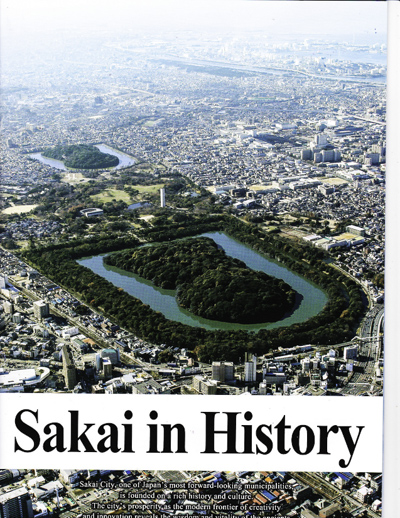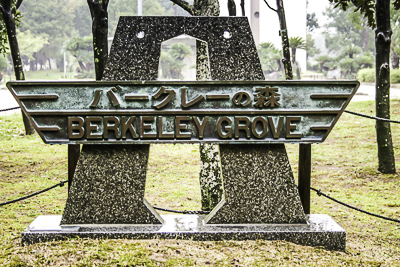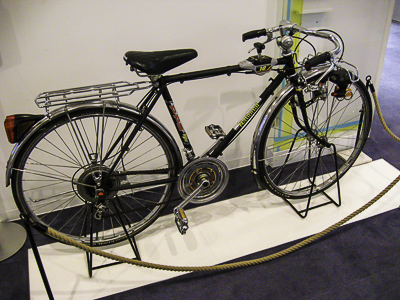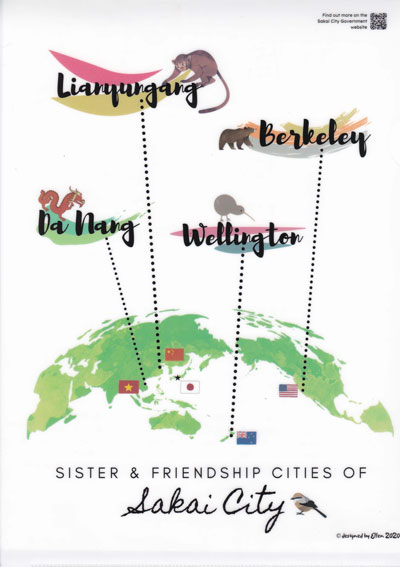
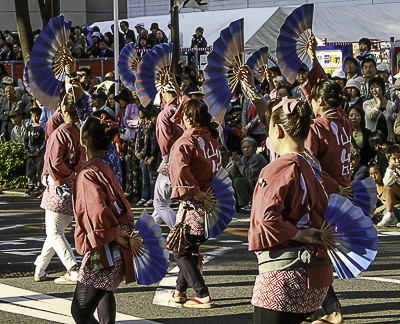
Sakai, located on the Inland Sea, is in Osaka Prefecture. It is a rapidly growing industrial city with a population of over 800,000. An immense littoral industrial zone of over 3,700 acres was created within this long standing major port. Seventy large companies operate plants there, including steel mills, shipbuilding yards, petrochemical plants, non-ferrous smelters, and machinery plants. To meet the needs of its growing populace, Sakai is constructing Semboku Newtown, a residential community which will accommodate 200,000 people. The University of Osaka Prefecture in Sakai enrolls 4,000 students and specializes in Engineering, Economics and Agriculture.
The Sakai City International Affairs department publishes a free bimonthly english newsletter called Sakai City Life. It provides non-Japanese residents and visitors with information about daily life and events in Sakai. While in Sakai, you can pick up a copy from any of the city libraries, ward offices, or from Sakai City Hall.
You can also find it online at: http://www.city.sakai.lg.jp/english/visitors/newsletter/index.html

